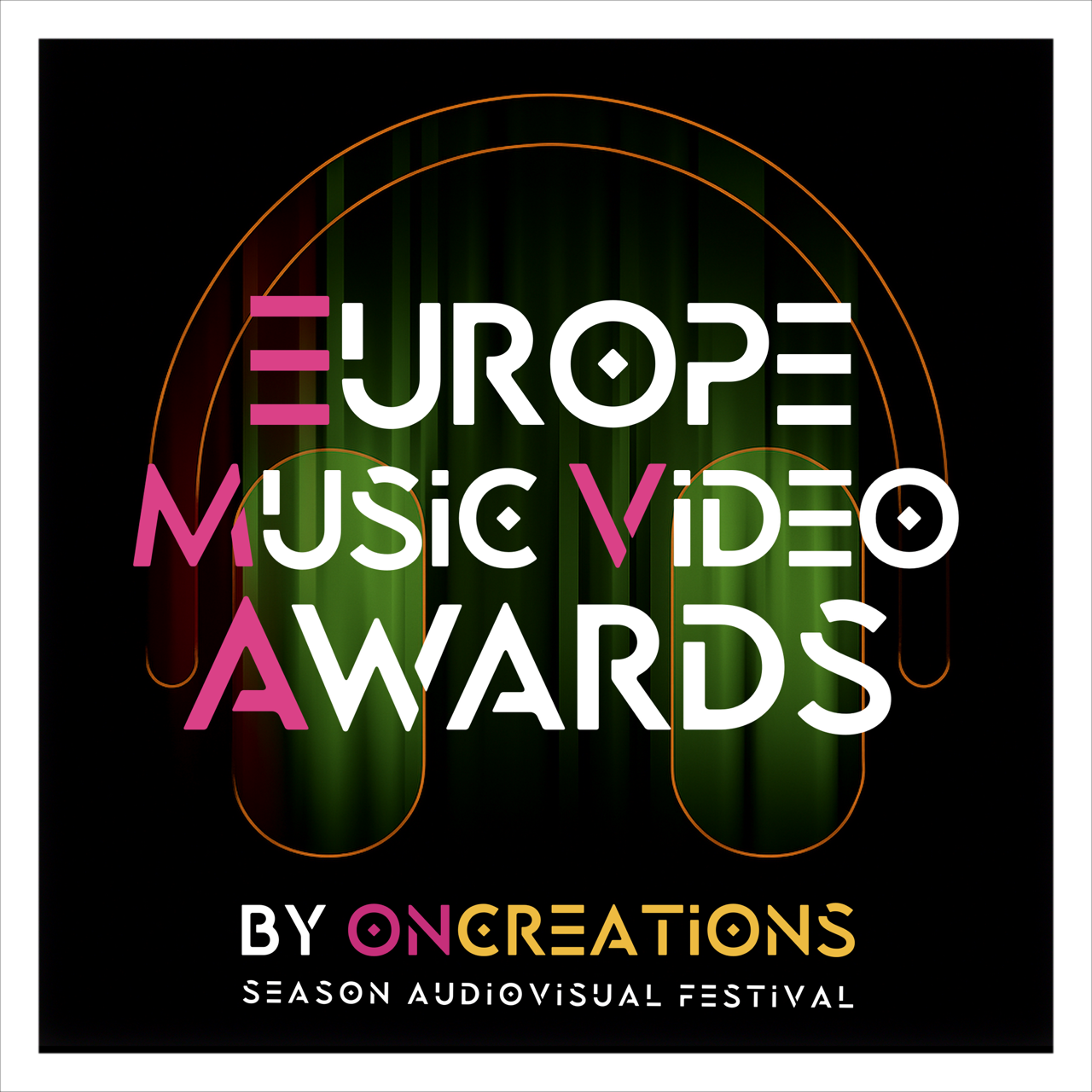Luca Ontino brings a fresh perspective to art – blending music, visual storytelling, and AI while keeping emotion above technology. In his films Under The Veil and Wear The Dark, he explores themes of vulnerability, inner struggles, and self-acceptance. His goal is not to impress with style but to move the audience through story and truth.
How would you describe your artistic approach, what makes it unique?
My artistic approach blends cinematic storytelling, strong emotional impact, and cutting-edge AI tools. I come from a background in music, photography and video production, so rhythm, mood, and emotional arc always guide my visual work. I treat AI not as a shortcut but as a creative partner. Unlocking visual ideas that would be too complex, risky, or expensive in traditional workflows. What makes it unique is that I don’t just aim for style. I chase meaning.

Where do you see the boundary between what is created by humans and what is created by AI?
The boundary isn’t technical, it’s emotional and intentional. AI can generate content, but it cannot generate purpose. The human decides what story to tell, what emotion to evoke, and what truth to express. AI is just the brush, not the painter. The deeper the emotion or concept behind the work, the clearer the human imprint becomes.
In your opinion, what is the greatest strength of artificial intelligence in art?
Freedom. AI allows artists to go beyond budget, location, and production limitations. It empowers solo creators to produce works that once required a whole studio. It gives access to anyone with vision and that’s a revolution.

You say “emotion is stronger than technology” — could you elaborate on that?
Technology can impress, but emotion stays. A technically perfect film can be forgettable if it doesn’t move you. I’m still loving old movies with a lot of “old effects” . They have story, emotions and really strong narrative.
What inspired you to create Under The Veil?
Under The Veil was inspired by the idea that we all wear masks : online, in society, even with ourselves. I wanted to explore what happens when those masks fall. Visually, it’s a dreamlike descent into the subconscious. But underneath, it’s deeply human. It’s about vulnerability. I wrote the music and the lyrics too. I love the fact that it’s more than visual and more than music.

Wear The Dark has a strong visual and sonic identity, what was your creative goal behind it?
The songs speaks to overcoming inner struggles and embracing your true self, no matter the world’s judgment. The goal was to create a piece where sound and image are inseparable, I wrote the music and lyrics too. I built it as a sensory experience: pulsating beats, haunting voices, and sharp-cut visuals. The darkness is metaphorical. It represents the parts of ourselves we fear, hide, or repress. And wearing it is an act of acceptance.
How did AI play a role in the creation of these works?
The Ai helped me to connect the music and my vision to the visuals. I created the storyboard, the main characters, mood, colors and then I used the AI to get the right animations. There is a lot of work made without AI with power tools like Photoshop, Final Cut, Davici, Topaz etc.
What audience reactions surprised you the most after the premieres of these pieces?
Many viewers say that the visual and music are perfectly matched. Most of them didn’t believe it was AI generated visuals. That surprised me because I thought AI-driven films might be seen as “cold”. Instead, people connected deeply with the emotion and story. Some said they felt seen, others said they never imagined AI art could be that human. That’s the real victory for me. As I said before, no matter how but what.

